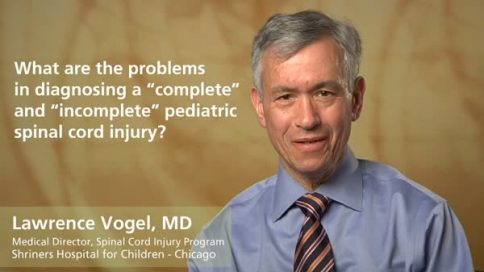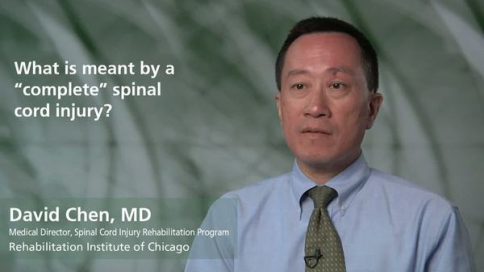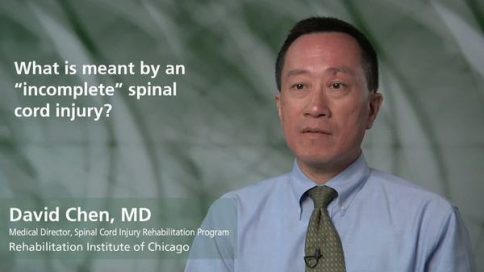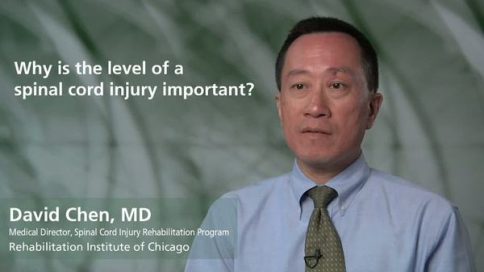What is SCIWORA? - Lawrence Vogel, MD
|
|
What is SCIWORA? |
|
Lawrence Vogel, MDMedical Director, Spinal Cord Injury Program, Shriners Hospital for Children, Chicago |
||
| Read Bio | More Videos by Lawrence Vogel | |
|
Share |
||
Transcript
SCIWORA, or spinal cord injury without radiologic abnormality, is something that's relatively unique to younger children. And basically what it's says you have spinal cord damage, or spinal cord injury without any obvious broken bones, mainly the spine or the vertebral column. So we find that in kids five years of age and younger, who have spinal cord injuries, about 60 percent, so almost two out of every three children under five years of age, will have spinal cord injury, yet they will not have any obviously broken bones on plain x-rays, CT scans, and sometimes we do films called flexion extension. However, I should add that when you do MRIs on those individuals, about 60 percent of them, of the kids with SCIWORA, will actually have the abnormalities noted on the MRI. Parents have a hard time understanding, "how can my child have a spinal cord injury, and maybe a complete spinal cord injury, yet there's no broken bones?" I think people understand a little better if they see some major fractured bone in the spinal column and require a fusion, and they have spinal cord injury, it makes sense. Whereas if all the bones look good, yet you have a, your child has a complete spinal cord injury, it can be very perplexing.
Show Less|
|
||
add
What is SCIWORA? |
||
Lawrence Vogel, MDMedical Director, Spinal Cord Injury Program, Shriners Hospital for Children, Chicago |
More Videos by Lawrence Vogel | |
| Transcriptadd | share | |
SCIWORA, or spinal cord injury without radiologic abnormality, is something that's relatively unique to younger children. And basically what it's says you have spinal cord damage, or spinal cord injury without any obvious broken bones, mainly the spine or the vertebral column. So we find that in kids five years of age and younger, who have spinal cord injuries, about 60 percent, so almost two out of every three children under five years of age, will have spinal cord injury, yet they will not have any obviously broken bones on plain x-rays, CT scans, and sometimes we do films called flexion extension. However, I should add that when you do MRIs on those individuals, about 60 percent of them, of the kids with SCIWORA, will actually have the abnormalities noted on the MRI. Parents have a hard time understanding, "how can my child have a spinal cord injury, and maybe a complete spinal cord injury, yet there's no broken bones?" I think people understand a little better if they see some major fractured bone in the spinal column and require a fusion, and they have spinal cord injury, it makes sense. Whereas if all the bones look good, yet you have a, your child has a complete spinal cord injury, it can be very perplexing.






